Guinea Fowl also known as “Titari” and “Chitra” the low input alternate poultry species domesticated for egg and meat are adapted to varied Indian agro-climatic conditions and most appropriate for backyard poultry production. Being rich in vitamins and low in cholesterol, the Guinea Fowl Meat is valued by consumers for taste and nutritional value. The birds are eco-friendly and helpful in worm, pest and insect control and provide manure for the field and are seasonal layers with average egg production of 90 to 110 eggs from March to September. The seasonality of reproduction/ egg production is, therefore, a major problem limiting its egg production and hindering the large-scale commercial production of Guinea Fowl.

The ICAR-Central Avian Research Institute, Izatnagar, Bareilly, Uttar Pradesh conducted 4 experimental trials during the winter months (November to February) from 2016 to 2021 to break the seasonality in reproduction in Pearl variety of Guinea Fowl. The aim was to reduce the age at first egg, thereby, extending the length of laying period and ultimately improving the egg production.
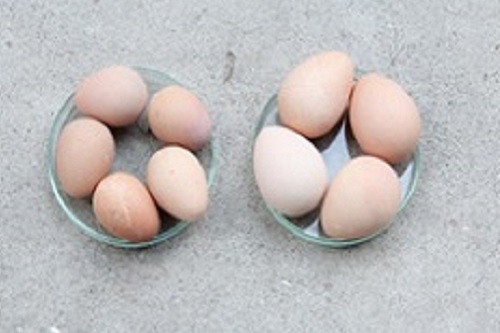
The Institute planned the dietary (different levels of proteins, Vitamin- E and Selenium) and light management (photoperiod alteration) interventions to find out the optimum dietary formulation and photoperiod to achieve the target of breaking the seasonality.
The birds of 14 weeks were housed in cages in a room and acclimatized for 3 weeks before starting the enhanced photoperiod schedule and dietary regime. The Photoperiod of 18 hrs. was given through natural and artificial light (artificial light provided using 60 watts’ bulbs at three feet distance from each other with an average light intensity of 5.80 lux which were controlled through automatic timer-regulated switches).
The maize, soya bean, fish meal, oyster shell, lime stone, DCP, salt, DL-methionine, tm premix, Vitamin premix, B-complex, Colin Chloride, Toxin binder, Vitamin – E and Selenium (Se) were among the Dietary ingredients used.
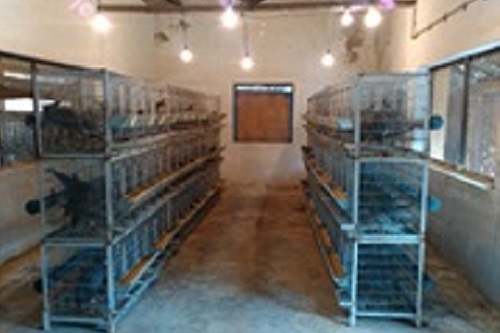
The results indicated that 18 hrs. photoperiod along with 20% dietary protein, Vitamin- E (120 mg/ Kg feed) and Se (0.8 mg/ Kg feed) triggered the reproductive hormones and resulted in egg production in winter months. The production started at about 21 weeks of age and the first egg was found to reduce to 15 weeks compared to normal, that is, 36 weeks. The hen day egg production was 53% to 56% in winter with annual egg production as 180 to 200 eggs. The fertility (71%) and hatchability (76%) were also found good in chicks hatched in peak winter months (January and February).
Based on findings in four times repeat trials, it may be concluded that a package of practices combining 18 hrs. light with Vitamin E (120 mg/ Kg feed) and Se (0.8 mg/ Kg feed) along with 20% protein is suitable for breaking the seasonality and improving production and reproduction in Guinea Fowl to get eggs and keets throughout the year.
Shri Sarfaraz Ahemad, an unemployed youth from Mehsi Village, Motihari, Bihar started the Guinea Fowl farming during 2018 under the technical guidance and improved Guinea Fowl Germplasm from Guinea Fowl Unit, ICAR-Central Avian Research Institute, Izatnagar, Uttar Pradesh. By practicing the technology in his farm for 1,000 Guinea Fowl, he earned 3 to 4 times income in a year by selling the fertile eggs, chicks and live birds to the North-East States and West Bengal. The technology may prove a milestone in revolutionizing the Guinea Fowl production in the country. Source: ICAR-Central Avian Research Institute, Izatnagar, Bareilly, Uttar Pradesh.


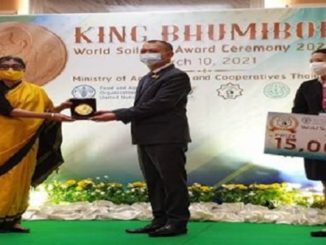
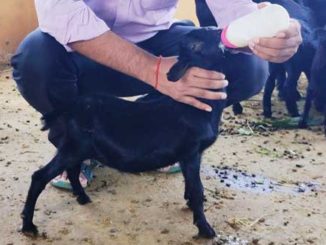
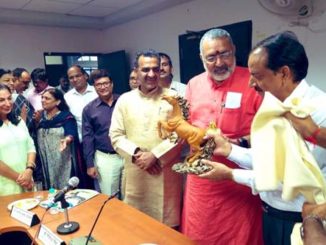

Be the first to comment